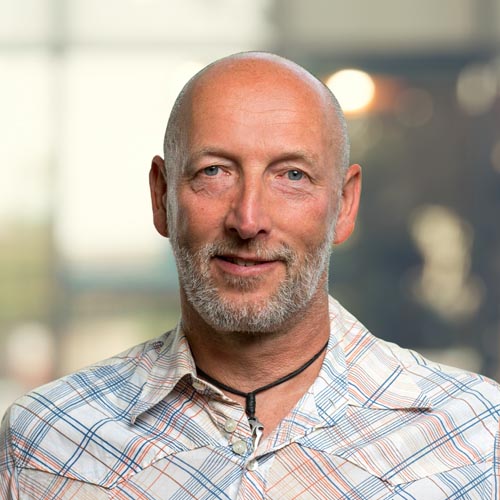Microbiology and systems biology
The mission of the Microbiology and Systems Biology (MSB) relates closely to the TNO Healthy Society goals. Ambitious as we are, we aim to contribute to halve the burden of infections and lifestyle-related diseases in the next ten years. Therefore, we develop excellent knowledge and high-impact biological innovations to measure, improve and regain health in a non-invasive and cost-efficient way.
Most of the projects are multidisciplinary and are executed with partners inside and outside TNO. We work for both private companies in pharma, food and (digital) health sector and also support public organizations and government.
What we do
The MSB research group consists of two strong teams:
The Microbiology team focuses on microbiome studies (gut, oral, skin, respiratory tract) in which they investigate the health impact of food, pharmaceuticals and personal care products. In addition, the team conducts research into the detection and interaction of micro-organisms in the microbiome and in the above-mentioned organs of the metabolic system. They work in state-of-the-art laboratory facilities up to MLIII level.
The Systems Biology team focuses on the prevention and remission of lifestyle related diseases, thereby identifying relevant (digital) biomarkers and by applying systems interventions. They also look at innovative ways of sharing (health) data and using this data to analyse and predict how these diseases develop. The team’s systemic view on health stimulates collaboration with different partners within and outside TNO.
The two teams collaborate on many projects. In human studies that are initiated by the Systems Biology team, microbiology analyses human samples and interprets the results. The experts on digital health of systems biology also assist the Microbiology team, for instance in innovating their data analysis facilities. Certainly just as important is systems biology’s added value in providing a broader context to the work of microbiology (impact of microbiome on the health system).
Our expertise
We always work in projects for our external (and sometimes internal) customers. There we make use of the following expertise:
Microbiology
- Generic Microbiology (Cultivation, Metabolomics, Metagenomics, Metatransciptomics)
- Molecular Diagnostics (Next Generation Sequencing, Loop-mediated Isothermal Amplification
- Functional Microbiome (Human microbiota screening, in-vitro skin and oral biofilm models)
- Advanced Microbiology (Antifungal Solutions, Virus Innovations, Bacteriophage technology)
Systems Biology
- Systems Diagnostics (Biomarkers of health and (early) disease, interpretation of mics technology)
- Systems Flexibility (Phenotypic flexibility & diet-related health, hybrid personalized advice systems)
- System Interventions (Lifestyle interventions in the treatment of chronic diseases such as diabetes type 2, Alzheimer)
- Digital Health (Health Data Models & Management, Bioinformatics & data integrations, Human Health Trials)
Additional expertise
- Project management
- Public-Private-Partnership / consortium building
- Statistics / Experimental design
In practice
We are among the best in applied microbiology, systems biology and biotechnology. We are a partner in various national and international networks, and public-private partnerships. In many markets, we work for the top 10 largest companies. We are known for our professionalism and excellent project management.
Interested in our services or partnerships? Please contact us.
Get inspired
TNO spin-off AIKON Health secures €1.2 million seed round to advance remote heart failure monitoring


Time setter story Marten de Klein on internship


Tracking children's development worldwide: the D-score


Time setter story: Janice Odijk on objective recruitment


Time setter story: Meike van den Eijnden on the TNO Traineeship


